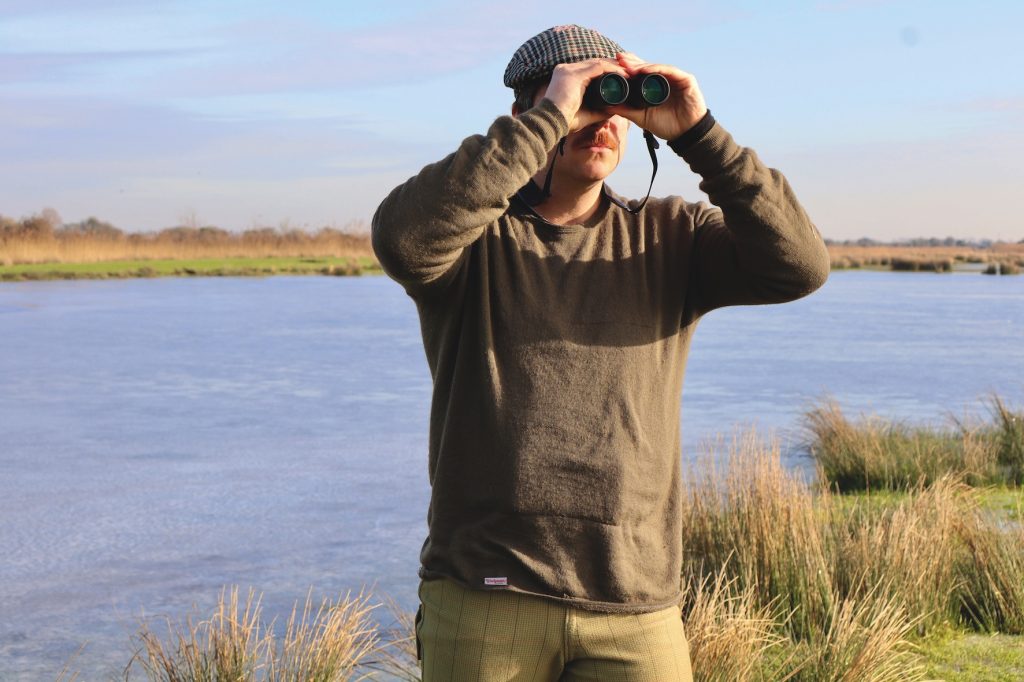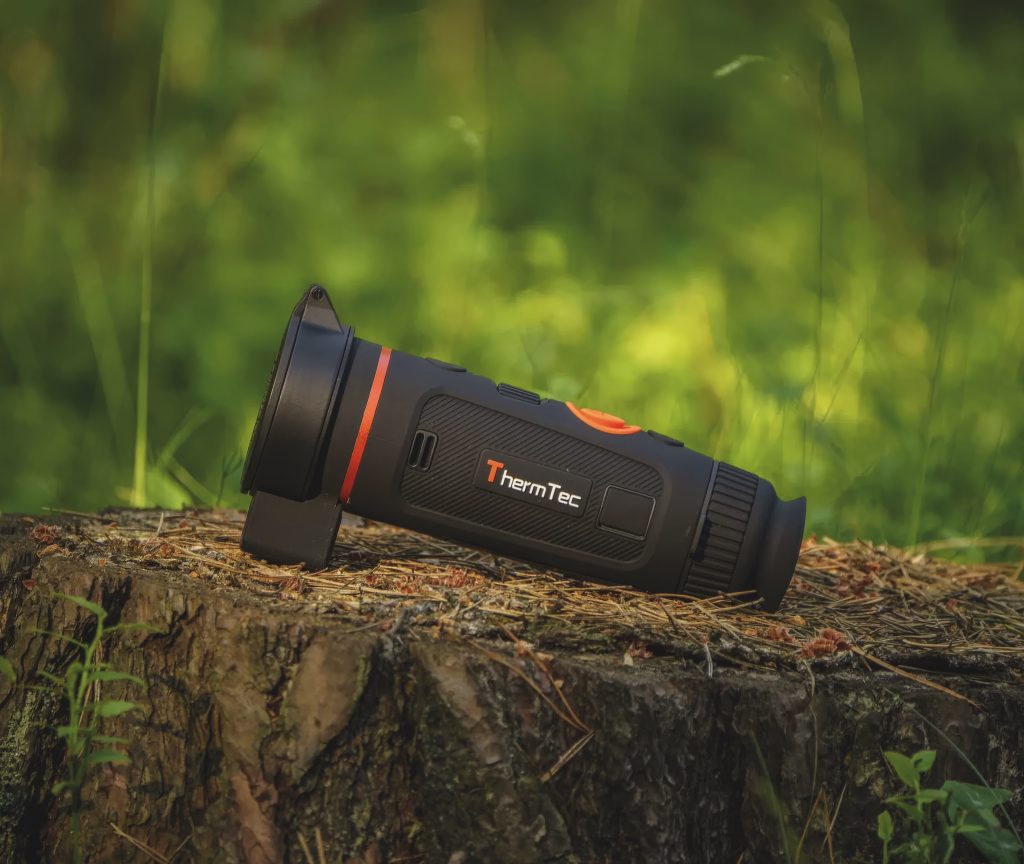Win CENS ProFlex DX5 earplugs worth £1,149 – enter here
The history of punt guns and punt-gunning
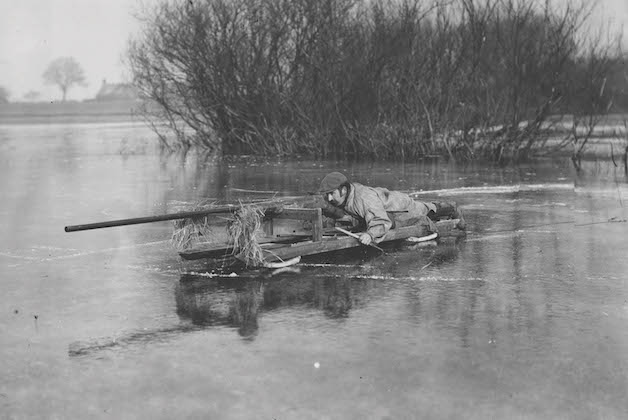 A duckshooter stalking birds on a sledge with a punt gun, on the frozen waters of Crowbit Wash in the Fens. (Photo by Topical Press Agency/Getty Images)
A duckshooter stalking birds on a sledge with a punt gun, on the frozen waters of Crowbit Wash in the Fens. (Photo by Topical Press Agency/Getty Images)
Punt-gunning today is a curiosity. Once it was a business. To some Victorian sportsmen, it was an art to be learned and practised. The punt, the punt-gun and the punt-gunner are characters from a fading chapter in the history of old British shooting sports. Younger readers may have no idea what it was all about. Perhaps a brief retrospective is in order.
Punt-gunning wild duck
The motivation to go to sea in order to harvest wildfowl probably stems from the historical legal status of land and water. The foreshore and the land beyond it was usually the property of a landowner. Permission to stand on it and shoot was unlikely to be granted. Those without property or connections had to abandon the land and venture on to the water, which belonged to no man, to hunt the wild duck that flew between the two.
To do that you need a boat. If you shoot a bird from a boat and it falls on land, it belongs to the landowner; if it lands in the sea, it is yours.
The boat has to be almost flat, with a wide bottom and a draught of a few inches, as it has to be poled, rowed and pushed over mudflats and sandbanks to get out and back in without grounding.
The essence of punt-gunning is to lie as flat as you can, in your flat-bottomed punt, gently paddling your way towards a flock of wildfowl resting on the water. Your gun is a long, heavy pole with a detonating device at your end, firing perhaps the equivalent of 45 12-bore cartridges in one shot.
Most punt-guns are crude, single-barrel devices; ironmongery rather than fine gunmaking. They have to endure frequent dousing in salt water and the rigours of being hauled in and out of the sea in rough weather by tired men with cold hands.
Aiming is done by moving the boat into position. When lined up, your shot ploughs through the flock and the idea is to kill or incapacitate as many birds as possible. You will have a shotgun aboard to act as a ‘cripple killer’ and will use it to shoot wounded birds as you collect the fallen floating on the water.
Punt-gunning to the working man was putting food on the table or extra money in his pocket. During the Great Depression of the 1930s it was at its peak of participation. A dozen mallard would bring almost a week’s agricultural wages at market.
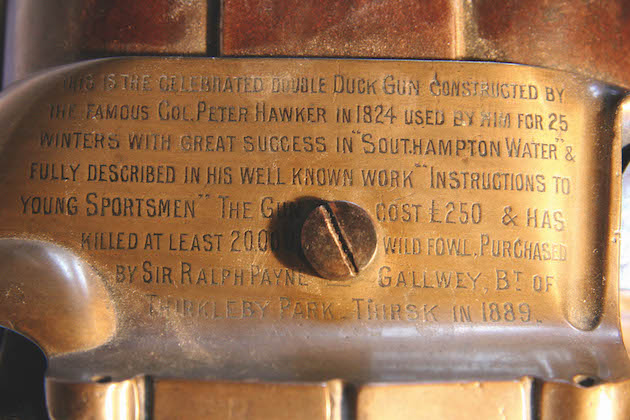
A double duck gun made by Peter Hawker in 1824
Much-loved recreation
However, as with most challenges brought about by necessity, the physical exercise, endeavour, hope, elation of success and the frisson of danger made the act of hunting for necessity into a sport. It was a much-loved recreation in the lives of hard-working men.
Market gunning in the US was a rough and ready affair, often involving guns adapted by men of limited means. American punt-guns were generally rested on the side of a conventional boat and could weigh 100lb and fire 1.5lb of shot, propelled by 3oz of black powder.
Another variation on the theme was the home-made battery gun, which was up to 10 barrels welded together in a row, or an arc. These were usually 12-bore barrels, individually loaded and fired simultaneously by a powder train as the boat approached the sitting duck. By the late 19th century, commercial hunters had so decimated American wildfowl populations that hunting with anything bigger than 10-bore was outlawed. However, it continued illegally until the 1930s, albeit in a limited way.
Continental Europeans took part in punt-gunning much as the British did and many examples of French-made punt-guns exist.
Perhaps predictably, wealthy gentlemen of a sporting persuasion began to find the idea of the punt-gun attractive and became involved. They had the natural curiosity, the time to indulge their passions and the money to experiment with equipment. Two of our most noted authors from times past, on the subject of shooting, Colonel Peter Hawker and Sir Ralph Payne-Gallwey were among them.

A massive 2-bore tube-lock punt-gn made by William Burnett around 1840
Gentleman punt-gunners brought a bit more sophistication to the guns used. Hawker, active as a shooter during the early to mid-1800s, developed the double punt-gun. Hawker bought a cottage near Lymington and, from there, expanded his interest in wildfowling.
Hawker had a double punt-gun made. One lock was flint and the other a tube-lock. Both locks were fired by the pull of a single lanyard. However, the difference in ignition time meant that the second charge was released momentarily behind the first, scything through the birds rising in response to the first shot and significantly increasing the bag.
Hawker also illustrates the use of his punt-gun on land, mounted on a wheeled contraption.
Another sporting gentleman with an interest in punt-gunning was Sir Ralph Payne-Gallwey. He was born in 1848, shortly before Peter Hawker died, and his heyday was during the last third of the 19th century. By then, sporting guns had developed significantly from the guns Col Hawker was familiar with and when it came to designing a punt-gun, Payne-Gallwey had breechloading mechanisms and centrefire cartridges to work with.
Payne-Gallwey made use of Henry Holland’s patent screw breech when creating, in tandem with Holland & Holland, the Gallwey punt-gun of 1884.
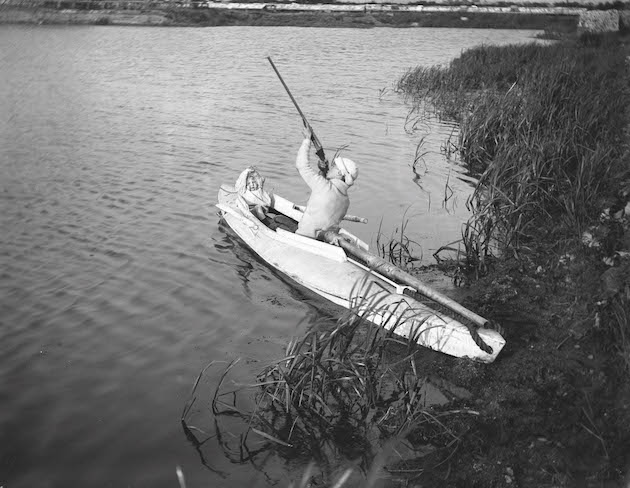
WAGBI founder Stanley Duncan was a keen punt-gunner
Improvement
Holland & Holland first notes the manufacture of a punt-gun in 1872 and thereafter made several, improving on the design each time. A typical Holland & Holland punt-gun of the 1880s was the London, which was a single-barrel breechloading gun, 8½ft long, weighing 100lb and of 1½in bore.
Sir Ralph Payne-Gallwey’s gun was also of 1½in bore but it was double barrelled and 9ft long. It had one trigger that was selective — either right, left or both barrels could be chosen. Like Hawker’s gun, when both barrels were fired, there was a slight delay between detonation, allowing for the birds to rise into the second charge.
It had a short stock, which was dropped on a hinge to expose the chambers. Fastening was by a half-screw bolt. Payne-Gallwey tested the gun at the Kensal Rise shooting ground in 1885. Using 20oz of No 1 shot, the gun put 1,353 pellets into a 6ft square target. When hunting, bags of 60 wigeon were claimed when both barrels were fired.
The gun was converted, by WAGBI (Wildfowlers’ Association of Great Britain and Ireland, now BASC) founder Stanley Duncan, into two single-barrel guns in the mid-20th century. He cited insufficient wildfowl numbers to justify double discharges in British waters.
Today, punt-gunning is limited to a handful of enthusiasts. They partake for the tradition, for the exercise and for the adventure of the endeavour rather than the original motivation of bagging as many duck as possible to swell the coffers or feed the family. To the casual observer, punt-guns of four-bore and bigger occasionally swing into view at an auction, relics of bygone days when duck hunting was a crucial addition to the budget or the pursuit of the odd eccentric aristocrat.
Some big guns gained almost cult status. Irish Tom was made as a muzzle-loading punt-gun. It was bought from an Irish market gunner in the early 1930s by Stanley Duncan. He had it converted to a breech-loader by Greener and started using it in 1936. When Duncan had finished with the gun he sold it to actor James Robertson Justice. It was rediscovered and restored in the 1980s and given to BASC to display at its HQ.
Irish Tom has a barrel made from Whitworth steel, weighs 300lb and fires 50oz of shot propelled by 10oz of blackpowder. The gun is 14ft long.
Related Articles
Get the latest news delivered direct to your door
Subscribe to Shooting Times & Country
Discover the ultimate companion for field sports enthusiasts with Shooting Times & Country Magazine, the UK’s leading weekly publication that has been at the forefront of shooting culture since 1882. Subscribers gain access to expert tips, comprehensive gear reviews, seasonal advice and a vibrant community of like-minded shooters.
Save on shop price when you subscribe with weekly issues featuring in-depth articles on gundog training, exclusive member offers and access to the digital back issue library. A Shooting Times & Country subscription is more than a magazine, don’t just read about the countryside; immerse yourself in its most authoritative and engaging publication.






